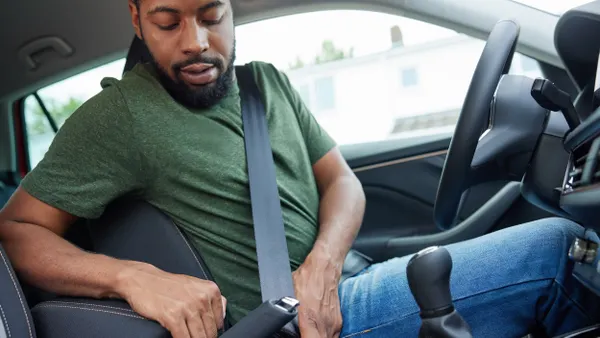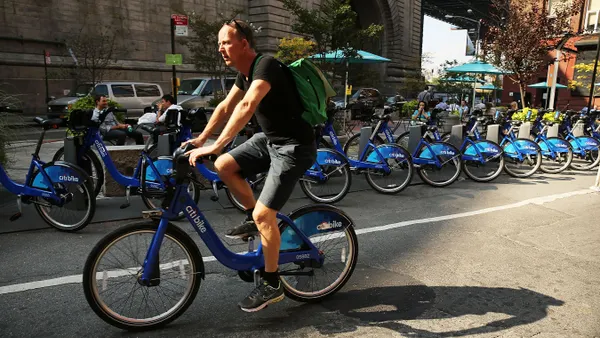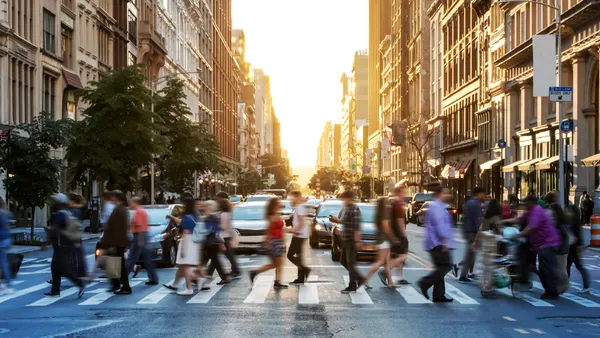Dive Brief:
- In a new study, the Insurance Institute for Highway Safety (IIHS) warned that some electronic driver assist features in cars may not protect passengers without attention from drivers, and in some cases can even steer into an unsafe situation.
- The Virginia-based research group tested adaptive cruise control and active lane control systems in the Tesla Model 3, Tesla Model S, a BMW 5-Series, the Volvo S-90 and the Mercedes E-Class. Many of the cars had difficulty staying in the lane in tests on curves or on hills, and in some cases the systems would follow lead cars off the road even when the driver did not intend to.
- In tests of the two Tesla vehicles, both models hit a stationary target while traveling at 31 mph when the automatic cruise control was off, but autobrake systems were on (no other cars hit the target under those conditions). With the adaptive cruise control on, the Teslas avoided the obstacle.
Dive Insight:
The tests show that evolving autonomous vehicle (AV) technology still has some hurdles to overcome, even at the relatively modest levels that were being examined by IIHS. The semi-autonomous systems tested — Level 2 on the Society of Automotive Engineers 5-level scale of autonomy — would not allow the driver to be fully disengaged, lest the car veer out of its lane or fail to brake in time. The AP reports that many of the scenarios identified in the tests are spelled out in owners' manuals, but that does not mean drivers are necessarily aware of the dangers.
"Designers are struggling with trade-offs inherent in automated assistance," said David Zuby, IIHS chief research officer, in a statement. "If they limit functionality to keep drivers engaged, they risk a backlash that the systems are too rudimentary. If the systems seem too capable, then drivers may not give them the attention required to use them safely."
Although driverless cars promise to be safer than human drivers, the technology is still under a microscope, especially following the fatal collision between a pedestrian and an Uber AV in Arizona in March. Official investigations found that Uber’s software detected the pedestrian but failed to brake or sound an alarm.
That not only dealt a blow to Uber's self-driving car network, but impacted public perception of the technology. A June survey from HNTB Corporation found that 59% of people think AVs are not as safe as those driven by humans, and 55% would not ride in one today. Improving the reliability of lower-level autonomy could help move the needle by getting drivers more familiar with a lack of control.









